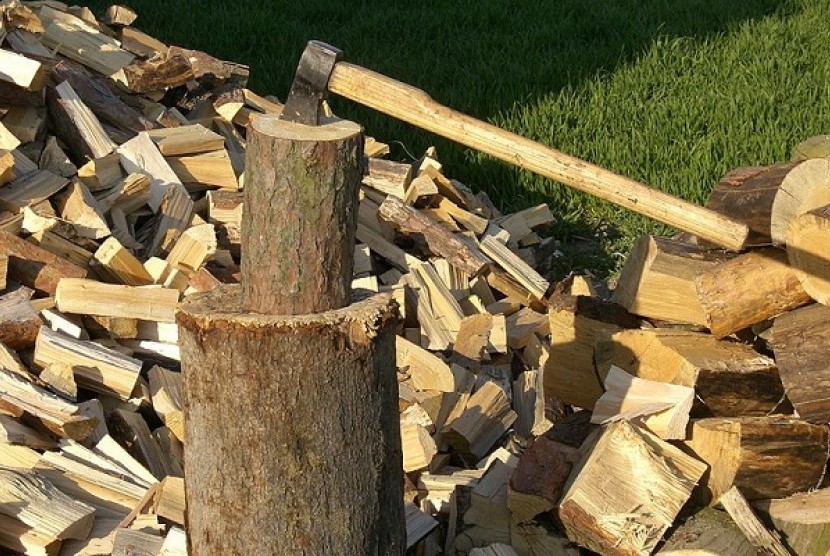REPUBLIKA.CO.ID, BOGOR -- Indonesian peatlands which reach 14.9 million hectares have potential for plantations and agricultures. Indonesia is a country with the fourth largest peatlands after Russia, Canada and United States.
Head of Research and Development of Agricultural Land Resources in Ministry of Agriculture, Muhrizal Syarwani explained that only 45 percent of 189 million hectares of land in Indonesia could be categorized as productive land. It is only concentrated in Java.
"If peatland is not managed properly, the land will release carbon into atmosphere in large number. Certainly it will cause global warming," Syarwani said recently.
Carbon from peatlands can be reduced by planting trees, such as Acacia cracicarpha. Based on a research, the plant can reduce carbon emissions in the air. Sustainable water management can also be managed by making water canal from upstream to downstream in peat plots.
Damaged peatlands, currently, reach three million hectares. Professor of Soil Science in Bogor Agricultural University (IPB) Supiandi said that the best way to improve degraded peatlands today was rehabilitation, not restoration. Rehabilitation of degraded land can be conducted by utilizing for other function, such as plantations. He said that plantation have similar function as forestry.


